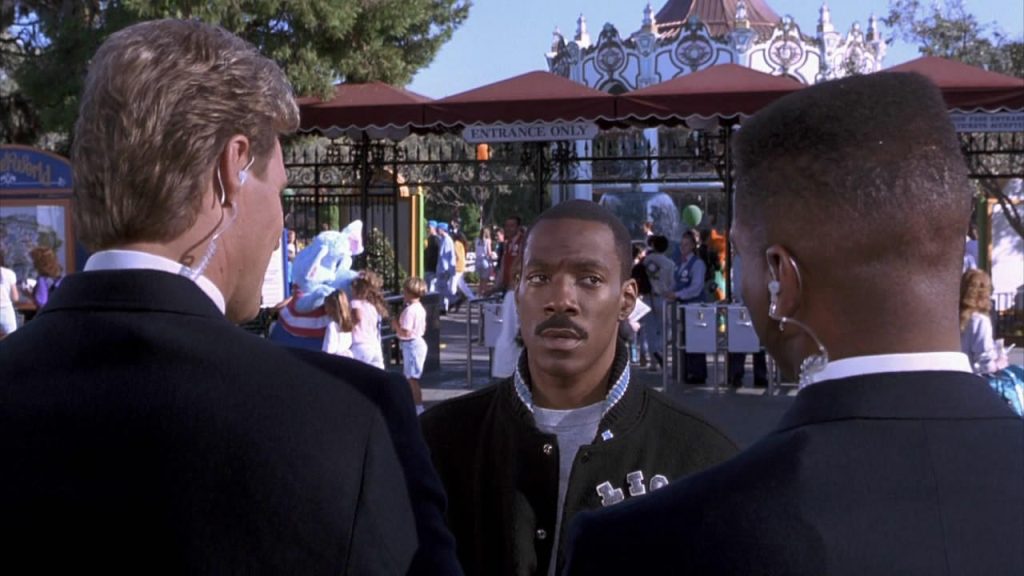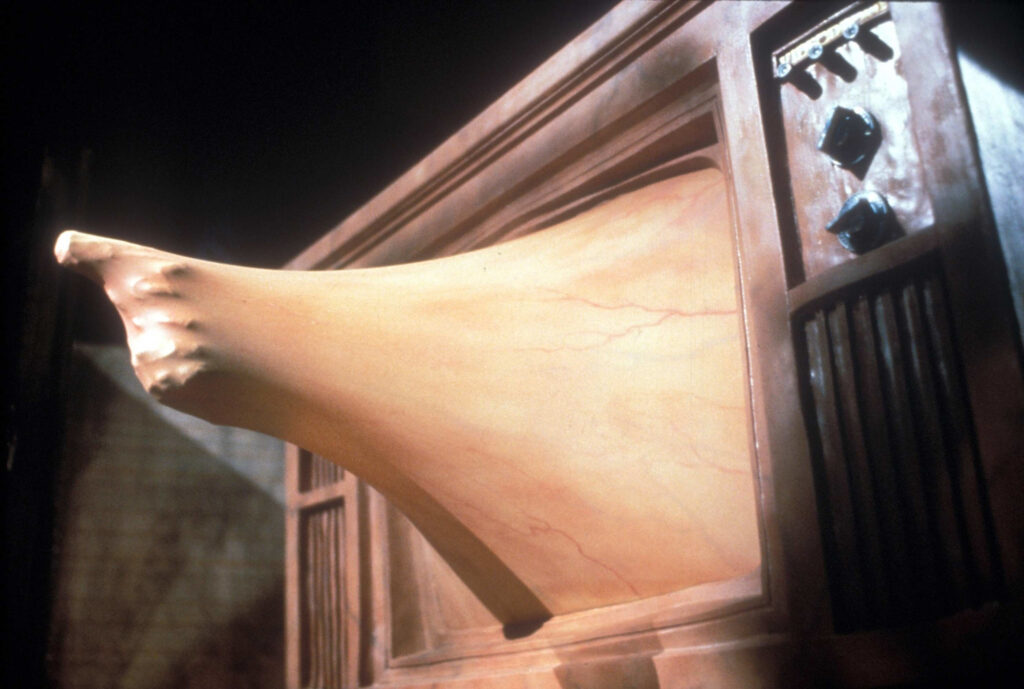“Trading Places” (1983): A Classic Comedy w/ a Contemporary Lens – Film Review

The 1983 film “Trading Places,” directed by John Landis, remains an iconic comedy that adeptly blends sharp social satire with a humorous exploration of nature versus nurture. Starring Dan Aykroyd and Eddie Murphy in defining roles, the film is both a comedic triumph and a thought-provoking critique of class structures and racial dynamics in America. However, its legacy is complicated by certain elements, including the use of blackface, that have not aged well in contemporary society.
Narrative Ingenuity: A Clever Twist on Social Hierarchies
“Trading Places” centers on Louis Winthorpe III (Dan Aykroyd), a wealthy, complacent commodities broker, and Billy Ray Valentine (Eddie Murphy), a street-smart hustler. Their lives intersect when they become unwitting participants in an experiment conducted by Winthorpe’s employers, the Duke brothers. The Dukes orchestrate a cruel bet to swap Louis and Billy Ray’s social positions, testing their theory on nature versus nurture.
The film excels in its witty and incisive commentary on the class divide and the arbitrary nature of socioeconomic status. Through its reversal of fortunes scenario, it exposes the superficiality and prejudices of the upper class, while also highlighting the inherent intelligence and capability of the underprivileged.
Behind the Scenes: Crafting a Comedy with Depth
Directed by John Landis, known for his work in the comedy genre, “Trading Places” benefitted from a strong script by Timothy Harris and Herschel Weingrod. The production involved careful balancing of comedic elements with the film’s broader social themes. The choice to set the film in Philadelphia, a city emblematic of American history and class divisions, further added depth to the narrative.
Casting was pivotal, with Eddie Murphy’s charisma and comedic talent bringing a dynamic energy to the role of Valentine, and Aykroyd providing a perfect foil with his portrayal of the elitist Winthorpe. The chemistry between the two leads is a highlight of the film, driving much of its humor and appeal.
Cinematography and Setting: Accentuating the Social Divide
The cinematography by Robert Paynter plays a significant role in juxtaposing the worlds of high finance and street hustle. Visual contrasts between the opulence of Winthorpe’s world and the grittiness of Valentine’s environment underscore the film’s themes of class disparity.
Controversial Aspects: The Blackface Scene and Its Reception
One of the most controversial aspects of “Trading Places” is its use of blackface. In a scene towards the film’s climax, Aykroyd’s character disguises himself in blackface, an act that has been widely criticized for its insensitivity and racial stereotyping. While at the time of the film’s release, this might have been overlooked by many viewers, contemporary audiences find it jarring and offensive. This scene represents a broader issue in Hollywood’s history of racial insensitivity and the need for a more nuanced understanding of cultural representation.
Performances: Murphy and Aykroyd’s Standout Roles
Murphy’s performance in “Trading Places” was a critical factor in his rise to stardom. His timing, charisma, and ability to convey both humor and sincerity brought depth to the character of Valentine. Aykroyd, in turn, effectively portrays the fall and redemption of Winthorpe, delivering a performance that balances comedy with a critique of upper-class mores.
Music and Score: Enhancing the Film’s Tone
The film’s score, composed by Elmer Bernstein, complements its comedic and dramatic tones. Bernstein’s use of a classical and jazz-infused score adds a timeless quality to the film and supports the narrative’s exploration of class and societal structures.
Themes: A Mirror to Society’s Fault Lines
“Trading Places” is notable for its exploration of themes such as classism, the arbitrary nature of socio-economic status, and racial prejudices. The film uses comedy to dissect and critique societal norms, making it not just entertaining but also socially relevant.
Cultural Impact and Legacy
“Trading Places” was both a critical and commercial success upon its release and has since been regarded as a classic in the comedy genre. Its impact lies in its ability to blend humor with social commentary, making it a film that resonates beyond its surface-level entertainment value.
“Trading Places” remains a significant film in American cinema, remembered for its sharp wit, compelling performances, and its critical take on social structures. While its controversial aspects, particularly the use of blackface, mar its legacy, the film’s broader themes and comedic strengths continue to make it a subject of discussion and analysis. It serves as a reminder of the evolving nature of comedy and the importance of contextualizing films within their era and the present day.




